Part of a series of articles titled Landmark Highlights.
Previous: Landmark Highlights 2021
Next: Landmark Highlights 2019
Article
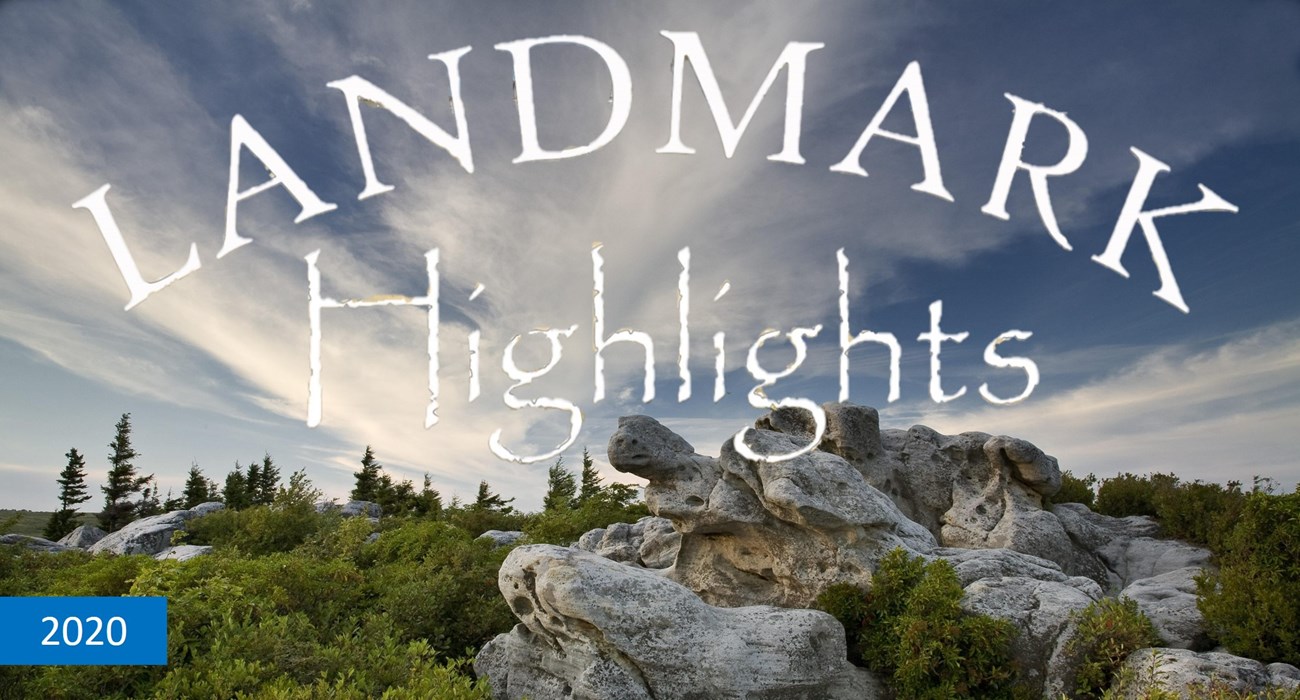
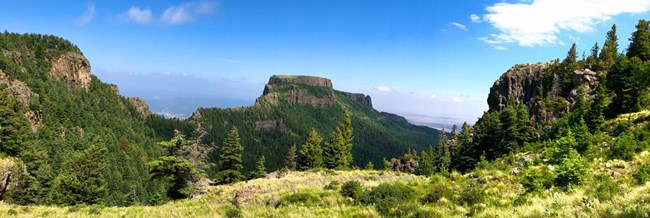
🙤 A portion of the Raton Mesa NNL, an ancient peneplain preserved under a thick lava cap, is now part of Fishers Peak State Park, Colorado’s newest and second largest state park. While much of the NNL, which consists of Fishers Peak and Fishers Peak Mesa, is within the adjacent John M. James State Wildlife Area, establishment of this new state park opens additional opportunities for public exploration, recreation, and education, and triples the size of the connected lands. Made possible through a collaboration between the City of Trinidad, The Nature Conservancy, the Trust for Public Land, Great Outdoors Colorado and Colorado Parks and Wildlife, this partnership has initiated a Master Plan process to guide long-term management and development for the park. Considering input from the local community, regional and state-wide stakeholders, subject-matter experts, and on-the-ground data, master plan objectives will strive to balance protection of the area’s rich resources, with the opportunity for meaningful and sustainable access and enjoyment. Learn more...
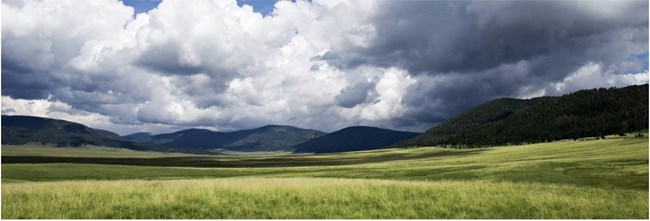

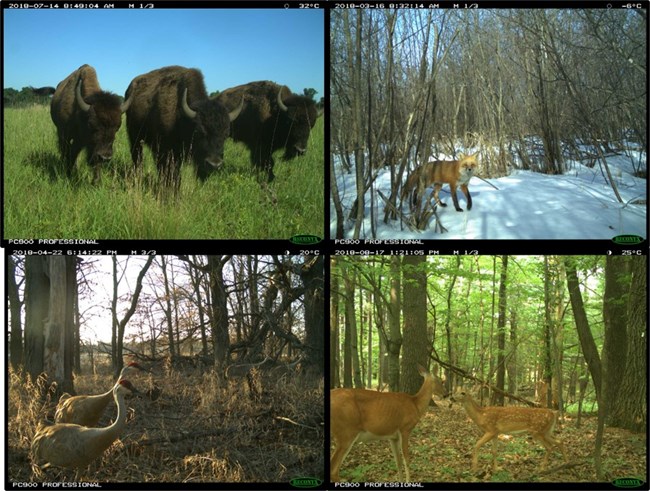
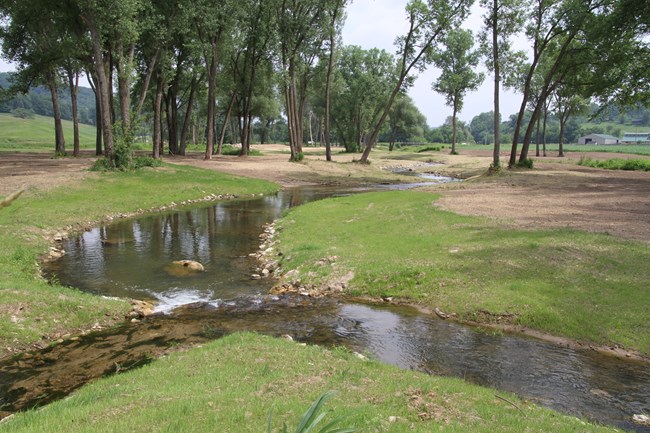

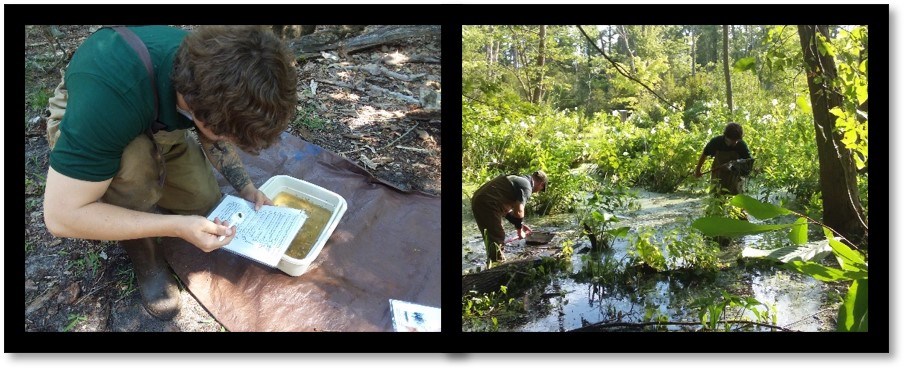
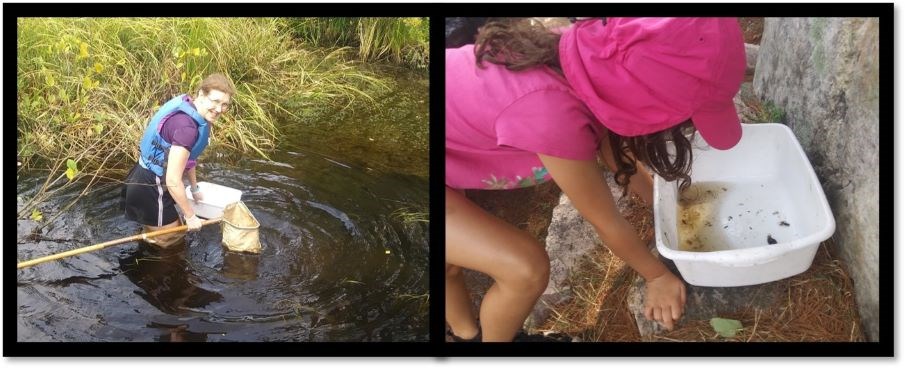
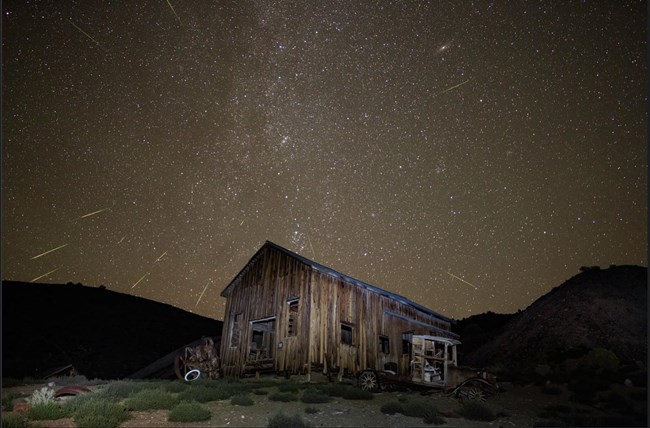

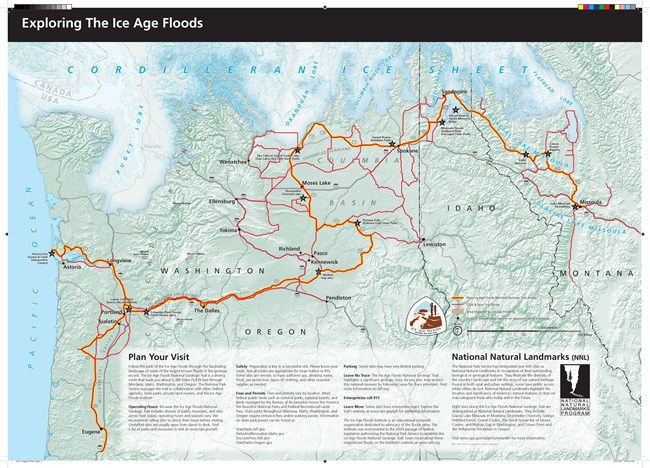
🙤 In 2019, the NNL Program established an NNL Owners and Managers Group within the NPS’ Common Learning Portal (CLP). This new online communication and networking platform allows partners internal and external to the NPS to access and engage in the site. Outreach and invitation efforts resulted in a near quadrupling of members in 2020 to the site, which now has around 50 NNL site owners, managers and partners on board. NNL Program staff continue to use this an outlet for broad dissemination of information and materials that are likely of interest to the group, such as:
We encourage NNL owners and managers to use this platform as a means to ask questions and seek commonalities and connections to other landmark sites. For instructions on how to join this group, please email your regional NNL staff contact.
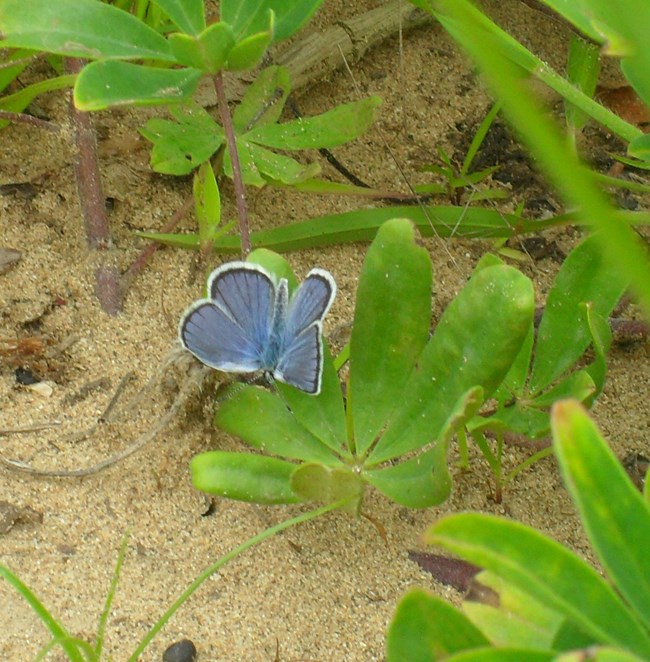
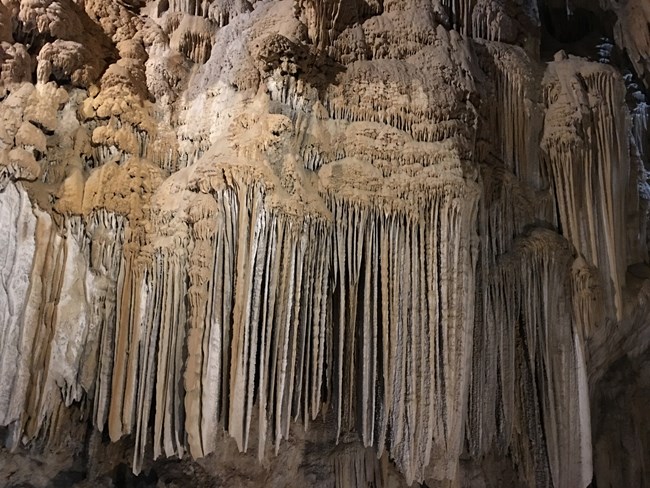
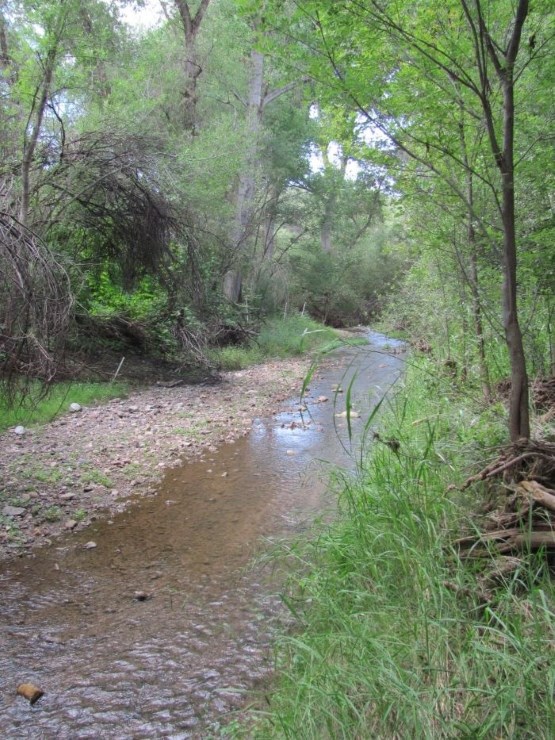
🙤 Designated in 1970, a half dozen landmark sites saw their golden anniversary in 2020.
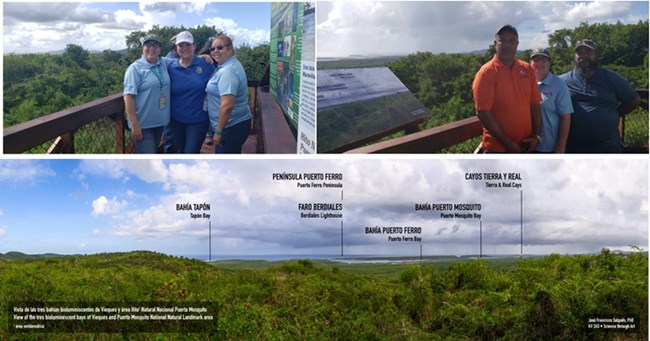
🙤 Located on the south side of the beautiful island of Vieques, Puerto Rico, Puerto Mosquito NNL is managed by the Vieques National Wildlife Refuge (NWR) and the Puerto Rico Department of Natural and Environmental Resources (DRNA). One of 3 luminescent bays in Puerto Rico, Puerto Mosquito was designated an NNL in 1980 as it supports the highest concentrations of dinoflagellates, the single-celled aquatic organisms responsible for lighting up the bay, thus making it the brightest and best example of a bioluminescent bay. TICATOVE, a local Vieques conservation group, received a 2019 Mercy Corps grant to construct an observation platform, educational exhibits, and a short trail, offering a panoramic view of the site and surrounding areas to visitors before or after they visit the bay. The project brought together Vieques NWR, PR DRNA, schools, colleges, local nature outfitters, and volunteers. The work was completed by the USFWS and local young adults in the TICATOVE “Green Crew”, while other agencies and NGOs supported the project by donating photos used in the interpretive exhibits and assisting in other ways. This project brought much attention, outreach and education to the community and visitors. The observation platform is the first of its kind on the island of Vieques and has quickly become a popular destination.


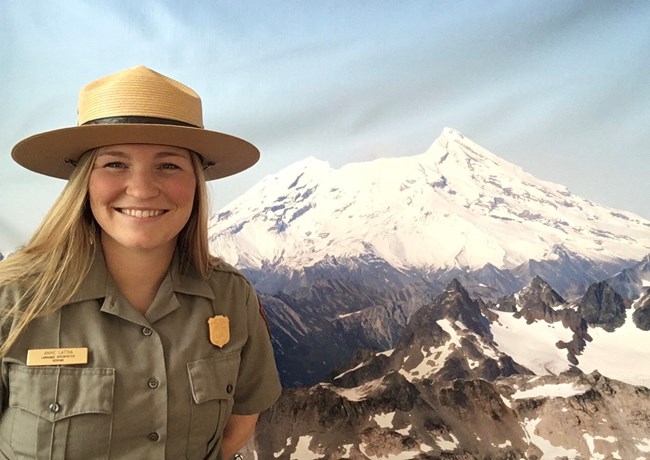

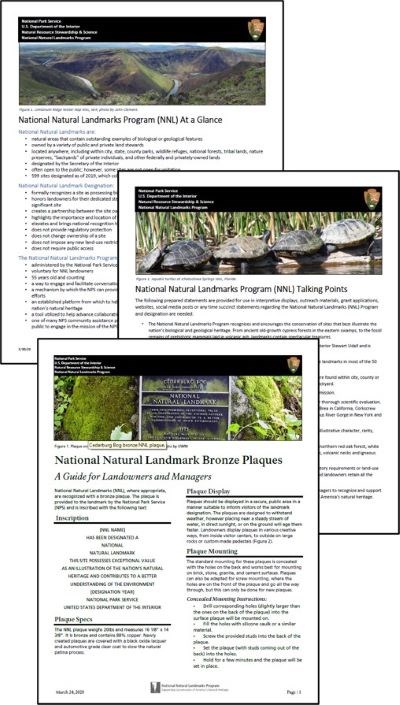
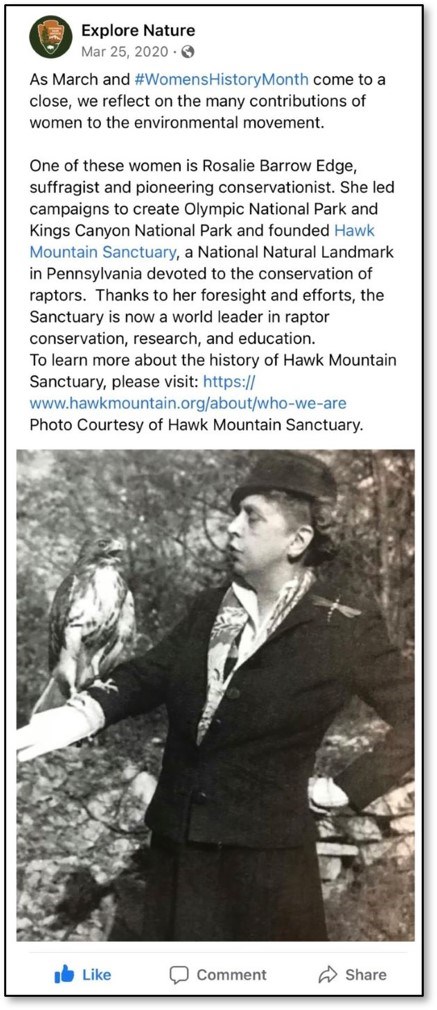
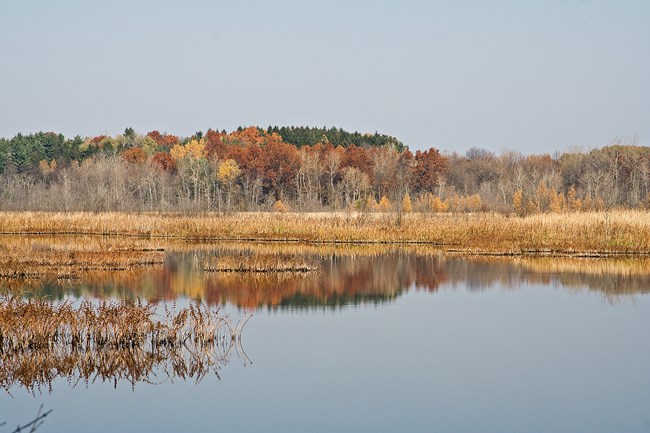
Raising awareness about the presence and location of landmark sites can be valuable information for land-use and management planning efforts. Whether the intent is to elevate awareness to eliminate or mitigate potential impacts to NNL sites or add value to management planning efforts, NNL Program staff seek to ensure that project/planning managers are aware of nearby landmarks and the significant resources they contain. The following provide examples of planning efforts where NNLs were brought to light.
🙤 A Feasibility Study is underway for consideration of the Finger Lakes region of New York as a National Heritage Area (NHA). NHAs are large, lived-in landscapes where historic, cultural, and natural resources combine to tell a cohesive, nationally important story. They are supported by the NPS and locally managed, entirely non-regulatory, and involve no change in land ownership. They are built on public-private partnerships and collaboration to support communities in sharing their unique stories and maintaining resources that are relevant and matter to local interests and needs. The 2019 John D. Dingell, Jr. Conservation, Management, and Recreation Act directed the Secretary of the Interior to evaluate the natural, historic, cultural, educational, and recreational resources within 14 counties in the Finger Lakes and assess the demonstrated support of the community including businesses, residents, nonprofit organizations, and appropriate local, state and federal agencies. Included within the study area are seven designated NNL sites (Hart’s Woods, Mendon Ponds Park, Zurich Bog, Round Lake, Fall Brook Gorge, Montezuma Marshes, and McLean Bogs), several of which have significant resources that align with the proposed NHA theme of a glacier-shaped geological landscape. Information about the location and significant resources contained within these landmarks will be used as part of the assessments made in the Feasibility Study to determine if there is a unique nationally important story being told. The study’s findings, along with any Secretarial recommendations, will be reported to Congress, who ultimately has the authority to create a new NHA.

🙤 Following NNL Program Regulations, NNL staff work with partner scientists to have new sites evaluated for possible NNL designation. Once an evaluation report is completed, the National Natural Landmarks Committee (Committee), a sub-committee of the National Park System Advisory Board (Board), reviews the report and determines whether to recommend designation to the full Board. Members of this committee have expertise in biology, geology, oceanography or paleontology that facilitates their consideration of areas for NNL designation. The committee was re-established in January 2020 and includes the following members who were identified for excellence in their respective disciplines, and breadth of expertise as a group and will each serve 4-year terms.
During the summer of 2020, the Committee reviewed and recommended for designation three potential sites (Bear Rocks and Allegheny Front Preserve, WV; Sulphur Cave and Spring, CO; and Lanphere and Ma-le’l Dunes, CA). The designation process for these sites, including the Board’s review and final consideration by the Secretary of the Interior, continued into the new fiscal year.
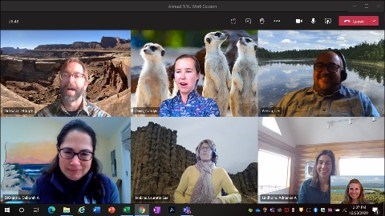
🙤 Seven NPS employees are committed to advancing the work of the NNL Program and supporting landmark owners.
Full contact information can be found on the NNL Program website.
Part of a series of articles titled Landmark Highlights.
Previous: Landmark Highlights 2021
Next: Landmark Highlights 2019
Last updated: February 7, 2022